- Sodic soils occur extensively across the region, particularly in the subsoils
- Sodic soils are structurally unstable in water
|
- Sodic soils can be directly treated through the application of gypsum
- Increased soil organic levels can reduce the symptoms of sodic soils
|
Understanding the problem
|
| Why is it important to me as a farmer?
|
- Sodic soils occupy almost one-third of the land area of Australia
- Sodicity has serious impacts on farm production, as well as significant off-site
consequences such as:
- Surface crusting
- Reduced seedling emergence
- Reduced soil aeration
- Increases run-off and erosion risk
- Less groundcover and organic matter
- Less microbial activity
- Sodic soils are known as dispersive clays and have a negative impact on seedling
emergence:
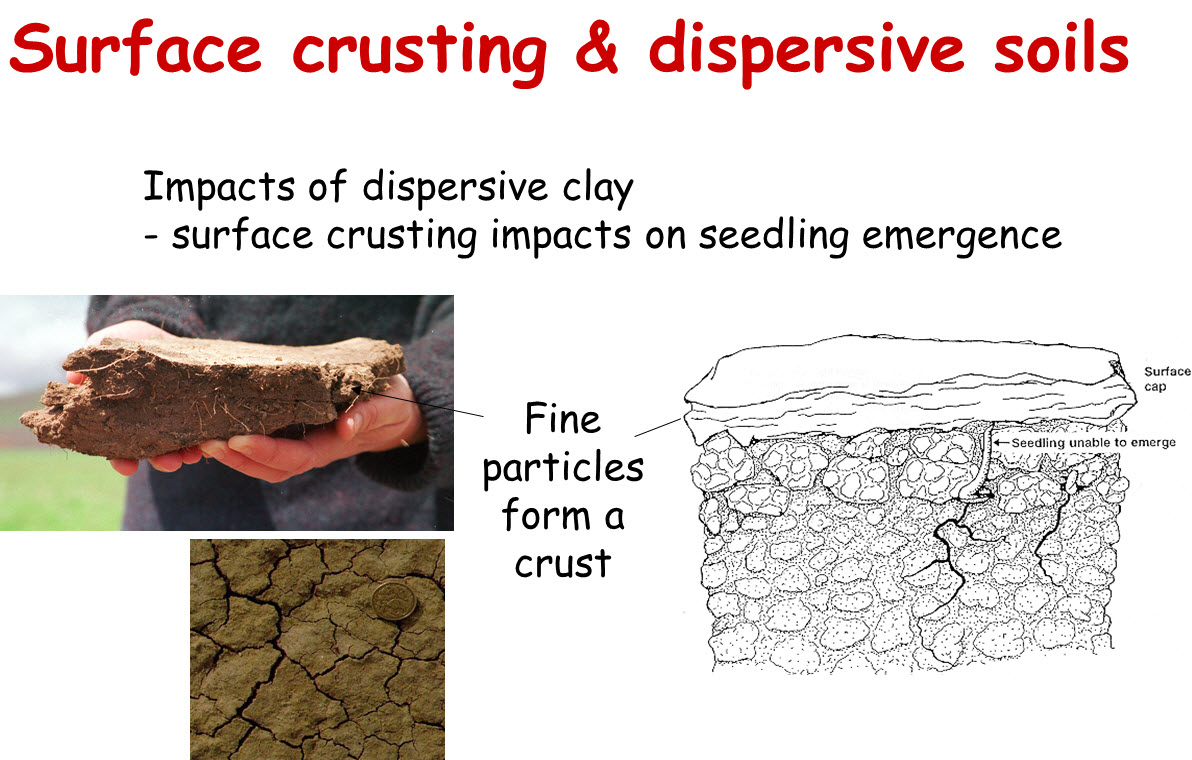
Figure 1 : Impact of sodic soils on seedling emergence - Source: Soil Types and Structures Module DEPI, Victoria [View larger image]
|
- Sodic soils are can lead to tunnel erosion - turning to slurry when wet where
channels are easily created through them by moving water:
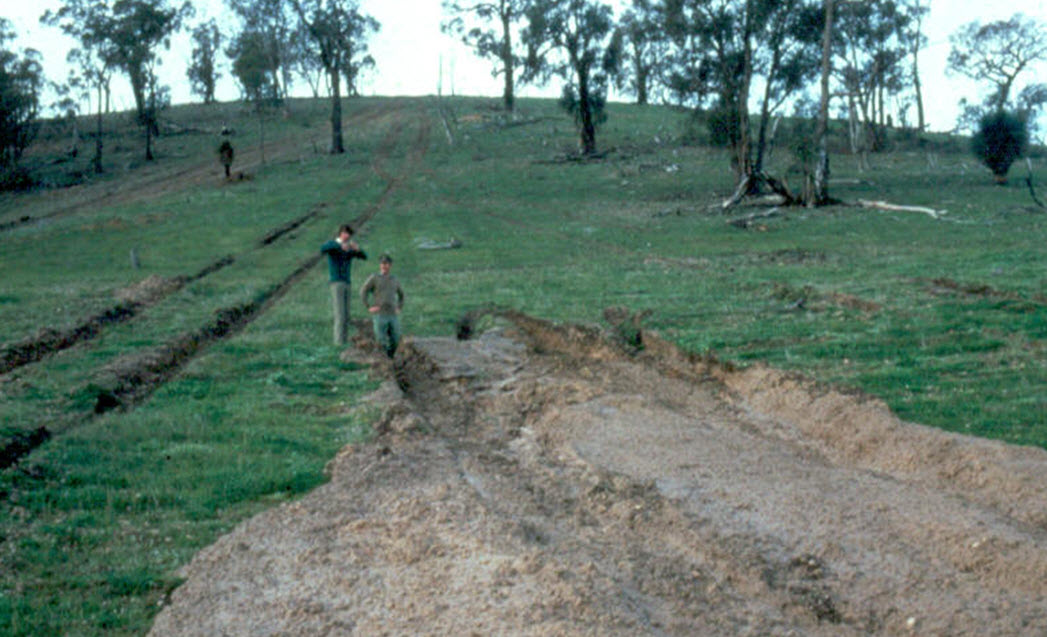
Figure 2 : Tunnel erosion in sodic soils - Source: Soil Types and Structures Module DEPI, Victoria
[View larger image]
|
- A saline soil becomes sodic through the leaching of salt (eg sodium chloride), usually over many thousands of years. As salt is washed down through the soil it leaves some sodium behind bound to clay particles displacing more useful elements such as calcium
- When there is excess sodium, the soil swells and the clay particles disperse when in contact with water, rather than sticking together, causing the soil structure to slump and collapse
|
- Tiny particles of dispersed clay then block soil pores and cracks
- When soil is affected by sodicity, the surface often becomes hard-setting, and forms a dense impermeable layer that is susceptible to waterlogging, reduced aeration and erosion
- Subsoils affected by sodicity are often alkaline (pH above 8.5), which further restricts the growth of plants
|
| How to recognise it in the paddock
|
1. Visual clues in the paddock
- Symptoms of dispersive topsoils includes a 'soupy' or 'spewy' soil when wet (figure 3) and hard-setting, surface crusting when dry (figures 4 & 5)
- Surface ponding with 'milky' puddles is also a typical symptom of surface and subsurface dispersive soils (figures 6 & 7)
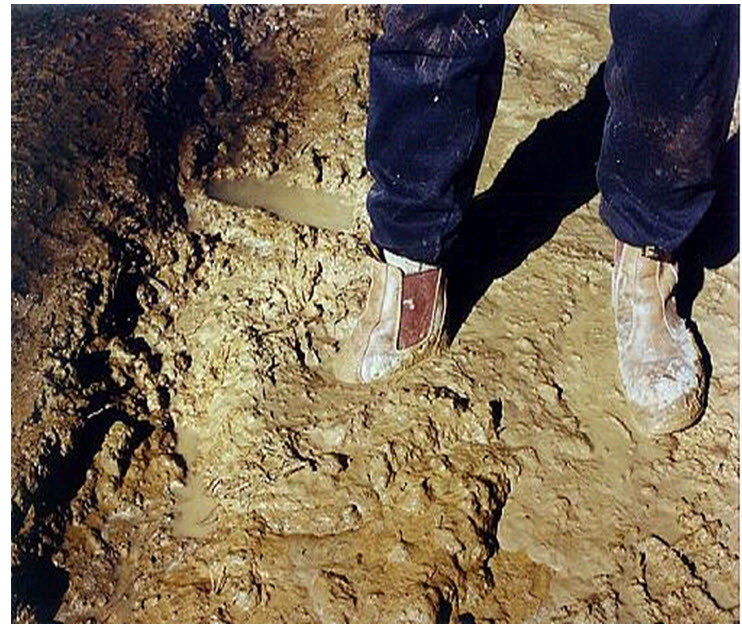
Figure 3 : dispersive topsoils when wet. - Source: Soil Types and Structures Module DEPI, Victoria
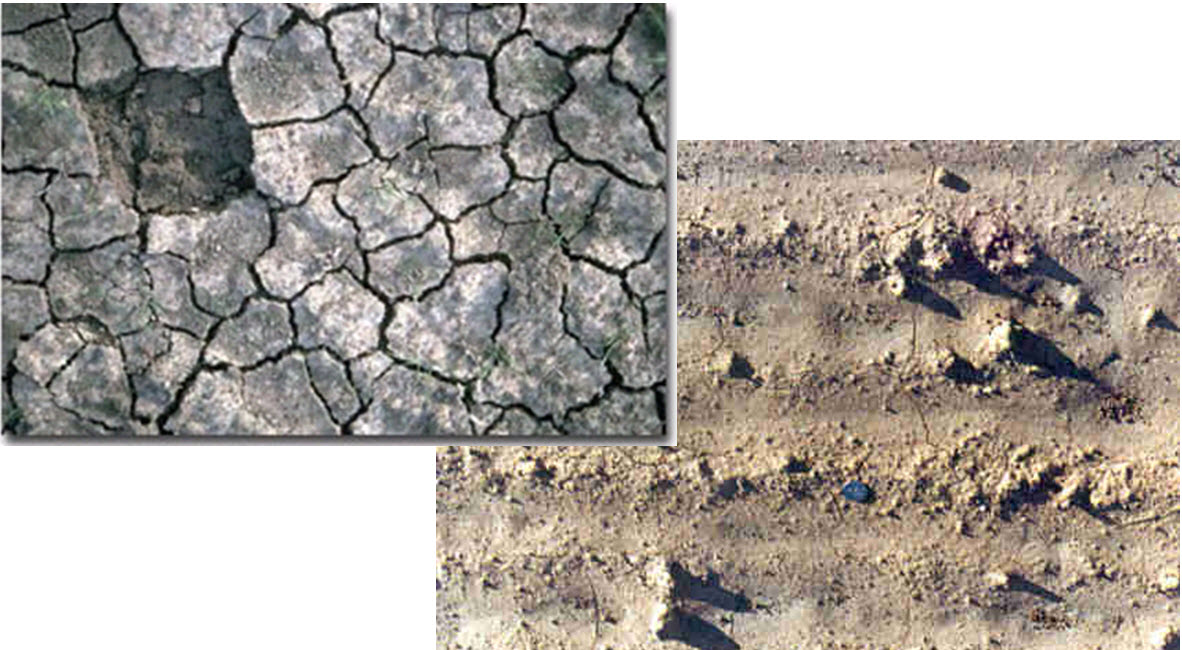
Figure 4 : dispersive topsoils when dry. - Source: Soil Types and Structures Module DEPI, Victoria
[View larger image]
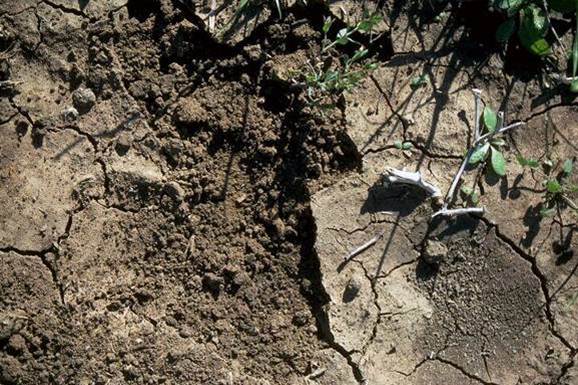
Figure 5 : Surface crusting occurs in some local soils, seen as a cement-like feature in the
surface layer. - Source: Soil Types and Structures Module DEPI, Victoria
|
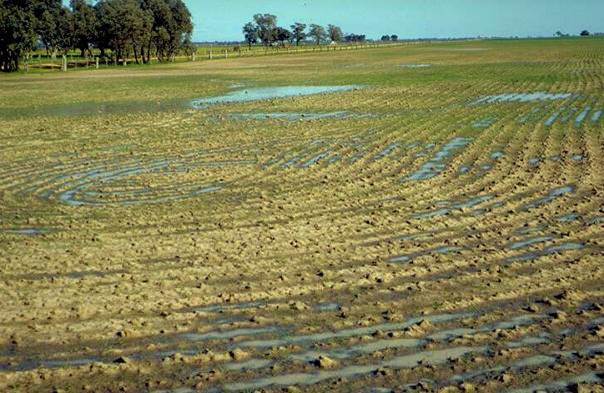
Figure 6 - Waterlogging caused by built up water on an impermeable sodic subsoil. - Source: Soil Types and Structures Module DEPI, Victoria
The soil in figure 6, was developed on the sedimentary plain shows a typical texture contrast soil found on the Moorabool Viaduct Formation and Hanson Plain Sand geology in the Corangamite region. The surface soils are sandy loams and have a light reddish tinge.

Figure 7 : Milkiness in your dam and puddles is an indication of sodic (dispersive) soils. - Source: Soil Types and Structures Module DEPI, Victoria
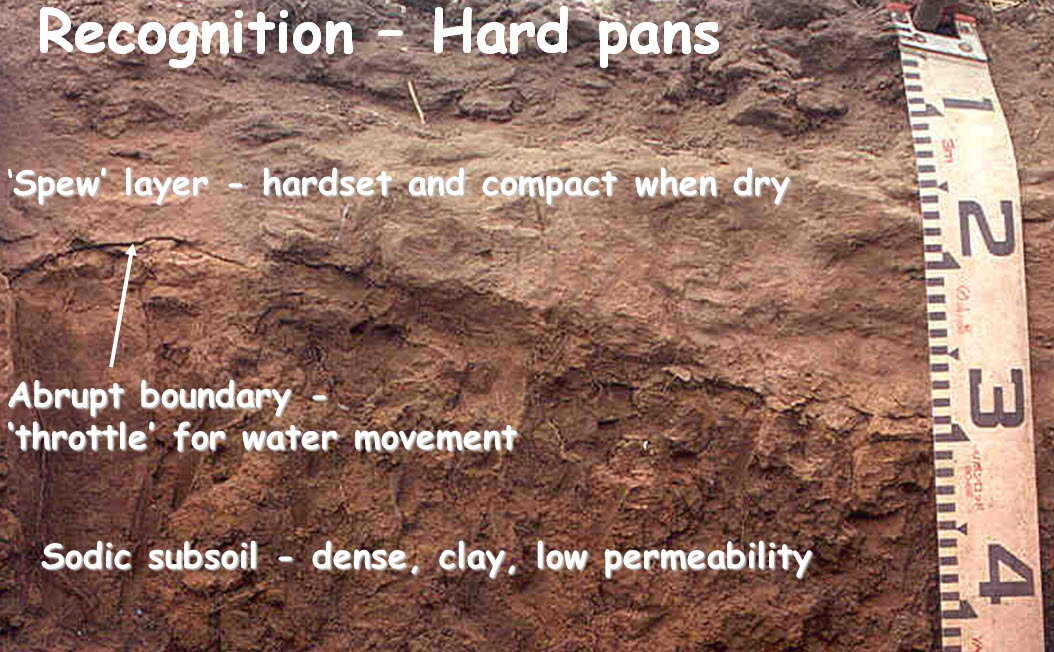
Figure 8 : 'Hard Pans'. - Source: Soil Types and Structures Module DEPI, Victoria
[View larger image]
The profile illustrates a hard pan, an impervious or slowly pervious horizontal layer in the soil 150mm to 600mm below the surface, commonly resulting in a perched water table. This hardpan is a symptom of a sodic layer and is formed by the cementing of soil particles into a stone like mass. This layer often turns surface soil to 'spew' for long periods after rain.
|
For details of the following three tests, please see:
Do I need to apply gypsum?
|
|
2. Soil dispersion test / Aggregate stability test
- A very useful test to indicate if the soil is sodic and dispersive
- Cloudy or muddy water is an indication that the soil is dispersive and could respond to gypsum
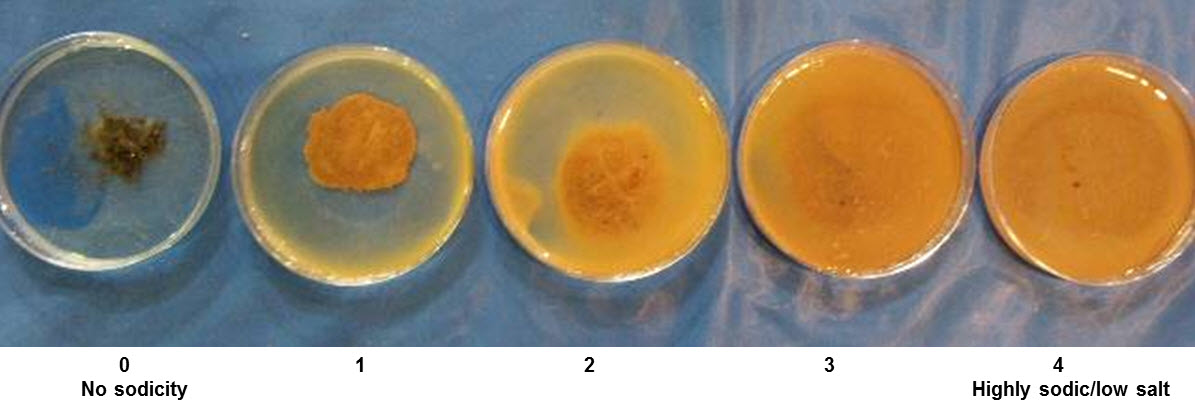
Figure 9 : Soil dispersion test - Example of soils that do not disperse (left) and that highly disperse (right) - Source: Soil Types and Structures Module DEPI, Victoria [View larger image]
|
3. Soil dispersion test - in jar
- Another test can be done to determine whether a soil is dispersive and will respond to gypsum
4. Exchangeable Sodium Percentage test (ESP)
- The ESP value is commonly provided in a traditional soil test
|
| What is the best practice?
|
- Need to correctly identify the problem first and ensure that the soils are in fact sodic.
- Sodic soils can be directly treated through the application of gypsum (particularly on the surface), which serves to replace the excess sodium in sodic soils with calcium.
- In southern Victoria, typical application rates of gypsum are around 2.5 t/ha and applied on a 3 to 5 year basis.
- The application of lime to sodic soils acts in a similar manner to gypsum, but is much slower acting and less effective.
|
- Although the application of gypsum can effectively counter sodicity in the short run, longer term management strategies need to be in place to maintain and increase organic matter in soils. Increased organic matter can improve hard-setting soils, and it can also enhance the effect of gypsum.
- Sodicity can also be reduced by maintaining adequate vegetation cover, leaf litter or stubble on the soil surface.
- Trials in southern Victoria have shown that the amelioration of dense sodic subsoil using organic amendments can increase wheat yield more than using gypsum in a high rainfall zone of southern Australia.
|
Other related questions in the Brown Book
|
|
Brown Book content has been based on published information listed in the Resources and References sections below
|
- Sodic Soils - Victorian Resources Online - Department of Environment and Primary Industries, Victoria
- Dispersion - Victorian Resources Online - Department of Environment and Primary Industries, Victoria
- Dispersive soils - South West Victoria SoilSmart series - Department of Environment and Primary Industries, Victoria
- Sodicity - (Part D3 in SOILpak - southern dryland farmers) - Department of Environment and Primary Industries, NSW
|
|
- Johnston T. (2011), Soil Types and Structures Module. Victorian Department of Primary
Industries.
- Thompson, A. Soils - sodic and acidic. Nature and Society Forum.
- Clarkson T, Department of Primary Industries on behalf of the Corangamite Catchment
Management Authority (2007).Corangamite Soil Health Strategy 2007. Corangamite
Catchment Management Authority, Colac, Victoria.
|
- Sale P, Gill J, Peries R and Tang C (2011). Treating hostile subsoils. GRDC.
- Sale P, Gill J, Peries R and Tang C (2008). Amelioration of dense sodic subsoil using
organic amendments increases wheat yield more than using gypsum in a high rainfall
zone of southern Australia.. Department of Agricultural Sciences, La Trobe University,
Bundoora, Victoria 3086, Australia.
|
|